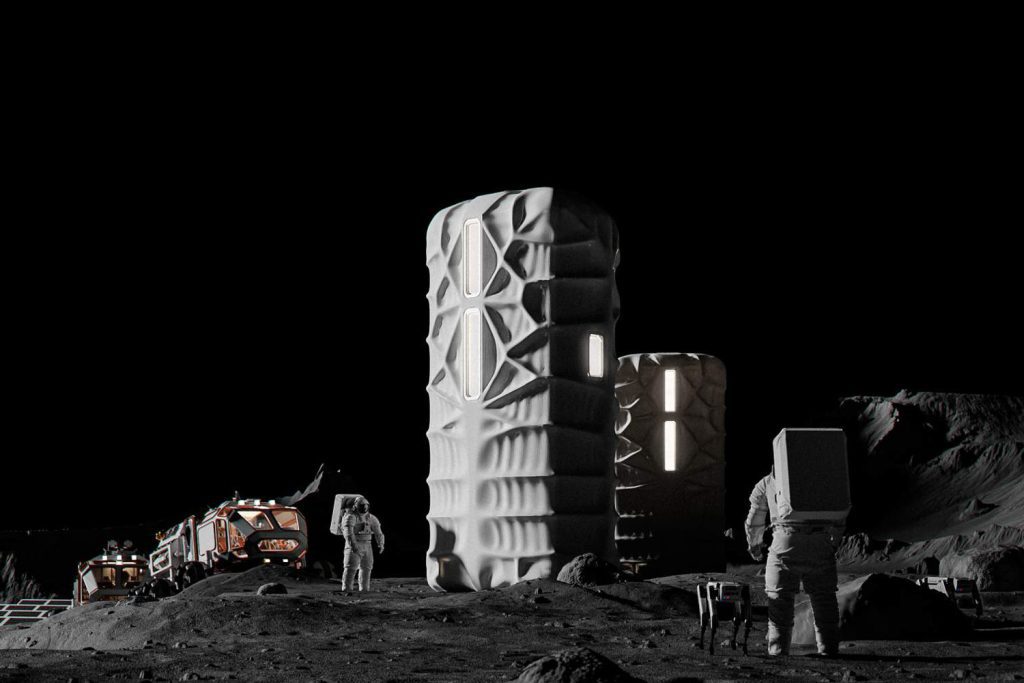
SAGA has completed designing and constructing their 2nd analog moon habitat (Rosie – 3D Printed Habitat), which was designed, constructed, and put in in 9 months!
For 3D printed habitat, Rosie, SAGA partnered with Institut auf dem Rosenberg. Designer of the Rosie, SAGA, is a brand new design observe engaged on making house livable for future house vacationers by approaching the design of habitats from a human perspective. Like all of their initiatives, they have been impressed by nature.
Design Course of
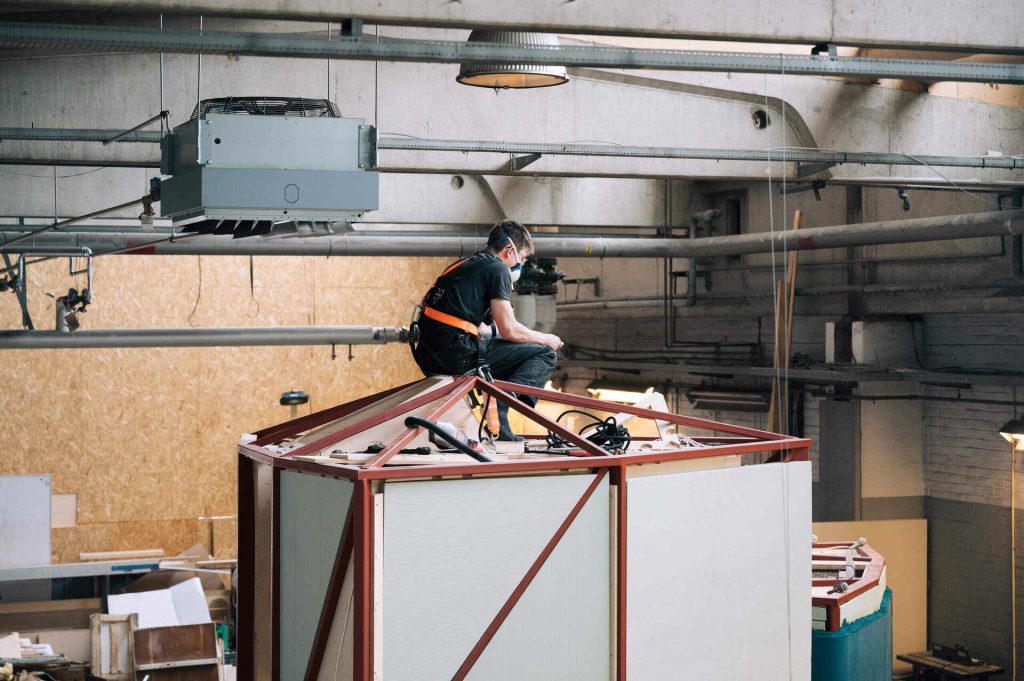
SAGA determined that given Starship’s promise as a future technique of transportation in house, this could be a possibility to design round it as the first transportation platform. The primary constraint SAGA determined to work from is the size of the Starship cargo bay. Given its cylindrical nature, the primary designs targeted on round shapes.
SAGA constructed the construction as a hexagon with match 6 in a single payload if the habitat footprint was triangular. This additionally is sensible once you notice a triangle’s tough dimensions as a residing house.
Topology Optimization
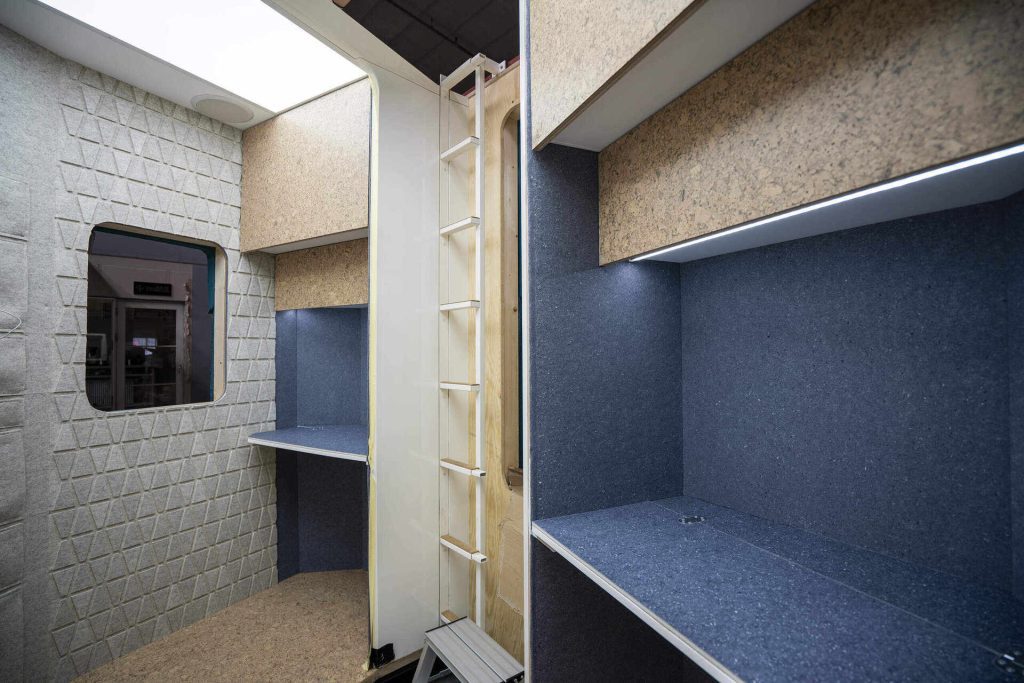
The natural form of the shell floor is certainly not arbitrary both. It’s primarily based on algorithmic optimizations known as Topology Optimization, which slowly morphs a form by means of many iterations, consistently evaluating the shapes and persevering with with derivatives of the very best ones.
In SAGA’s case, the form is being optimized to maximise power for inner strain (because the habitat can be pressurized and the skin can be a vacuum) whereas minimizing the burden and materials utilization. Lastly, SAGA adjusted and cleaned up the form to make it 3D printable and extra aesthetic.
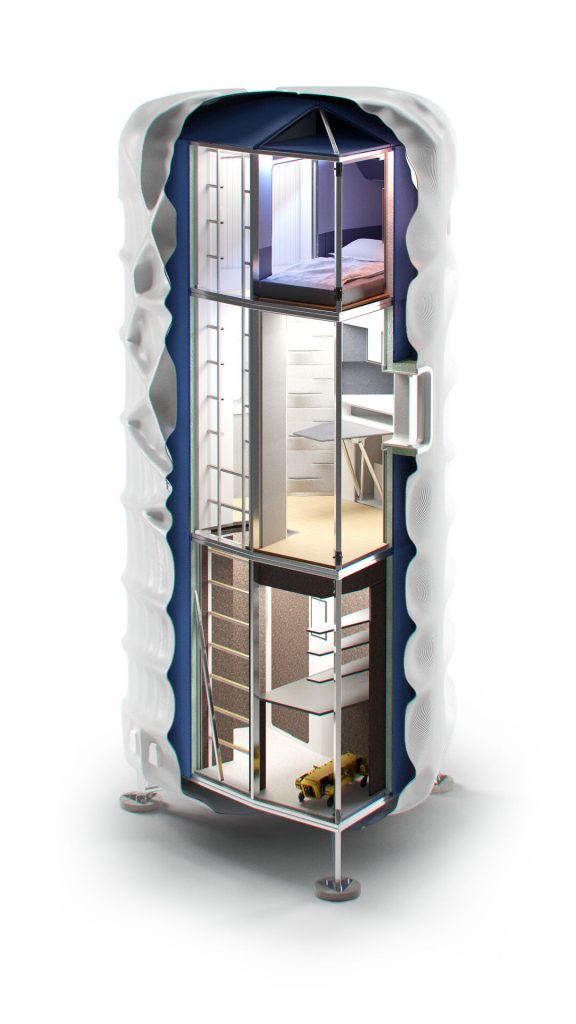
3D Printed Shell
The shell is 3D printed as 6 panels that match snuggly across the total construction. The shell is fabricated from a {custom} ABS polymer which is glass fiber bolstered, and UV stabilized to maintain its shade within the daylight.
Sleeping Pods
The habitat has two sleeping cabins on the highest ground. They’ve a comfortable and soothing textile protecting the partitions and ceiling, making it a calming cocoon the place one can get some privateness. It additionally has private storage, and the sunshine is oblique, giving the phantasm of pure daylight from above.
Dashboard & Desk
The Residing Quarters are on the center ground. Right here the crew can entry two contact dashboards to manage all habitat capabilities. They’ll additionally monitor sensor knowledge. This part additionally has a desk that may be folded to maximise house utilization.

Desks
The Residing Quarters has two desks, one for every crew member. The work floor is evenly lit, and two large storage cupboards are overhead for private storage. The desks fold, so the crew can use the house when not utilizing every desk. There’s additionally a window subsequent to every desk so the crew member doesn’t really feel too encapsulated.
Ladder
A custom-manufactured ladder is the first technique of traversing the habitat. With cork pads on every step, you’ve a superb grip that’s not too harsh on the ft.

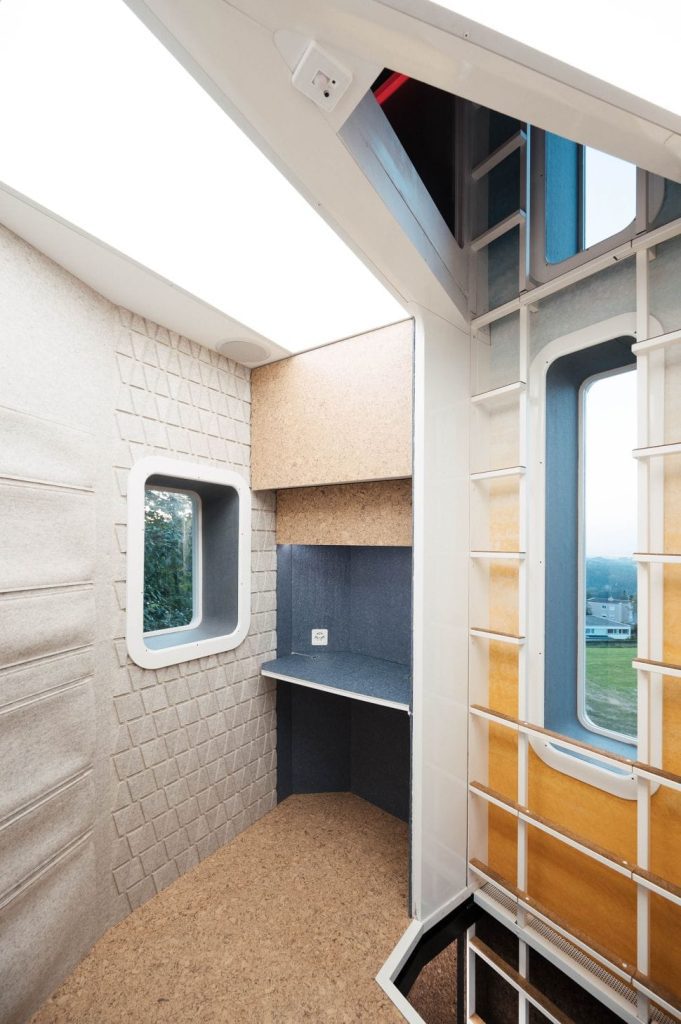
Airlock
All capsules that go to house want an airlock to permit a buffered zone for pressurizing/depressurizing. The Rosie has a clear, futuristic airlock with smooth panels that make it simpler to wipe down grime earlier than transferring additional into the habitat. The airlock additionally has an automated hatch that may be opened from the dashboard to permit the Spot robotic canine entry.
Workshop
The workshop consists of a big worktable with a number of cabinets for storage above. Underneath the worktable is a charging station for the Spot robotic canine. The workshop additionally has a cupboard for experiments and storage and a dashboard to manage the habitat.
Karl-Johan Sørensen, co-founder at SAGA Area Architects, will lecture at Computational Design: NEXT 12 on December 10-11, 2022. Register for this system to study extra about SAGA’s works and extra!